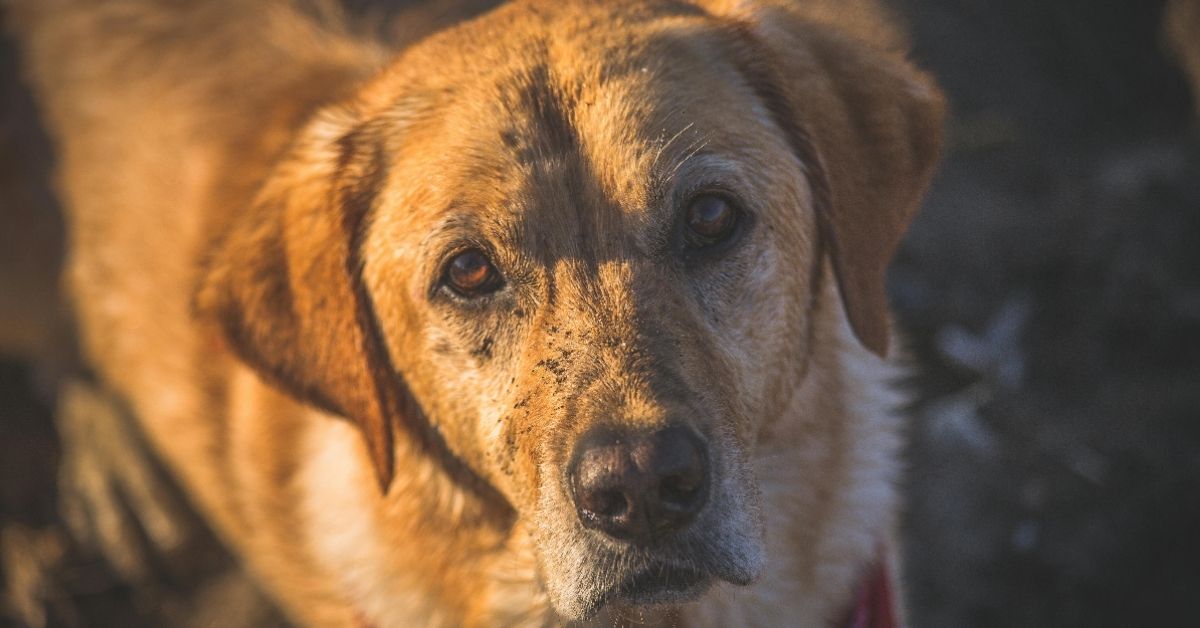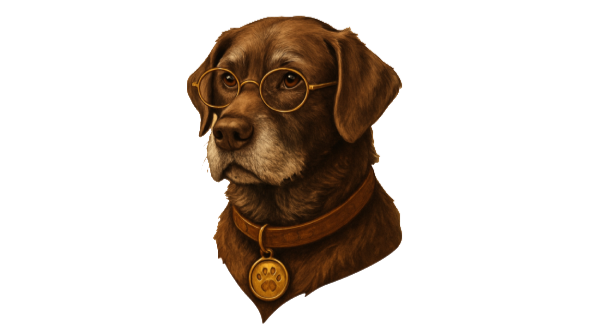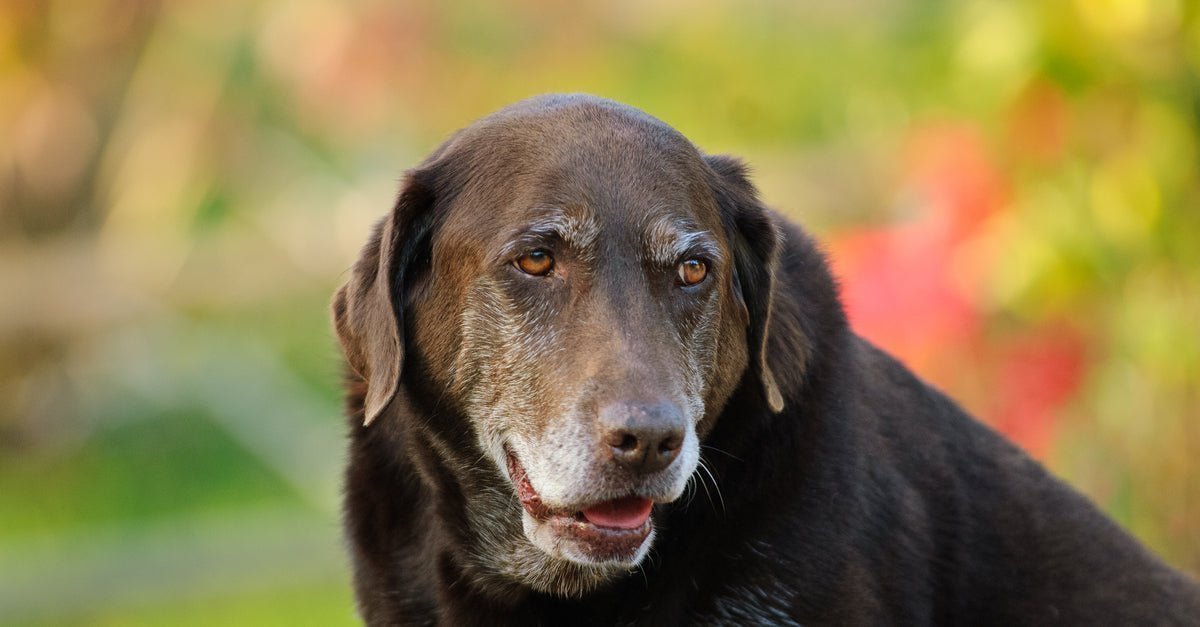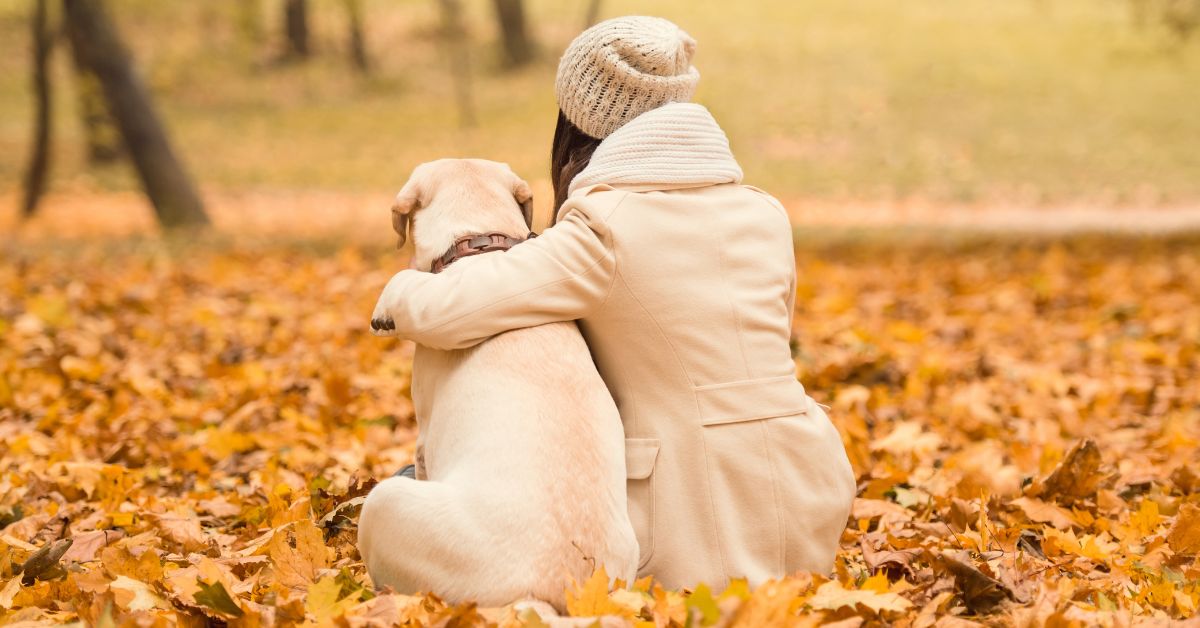
Bonding with Your Labrador Retriever: The Joy of Time Together
Few things in life are as profoundly rewarding as the bond between a person and their dog — and if you're fortunate enough to share your days with a Labrador Retriever, you already understand how truly special that connection can be. Known for their boundless energy, gentle nature, and unwavering loyalty that spans generations of human companionship, Labs have an extraordinary way of turning ordinary everyday moments into treasured, lasting memories that warm the heart for years to come.
This remarkable breed has been capturing hearts and homes for over a century, originally bred in Newfoundland to assist fishermen and later refined in England to become the perfect sporting and family companion. Today's Labrador Retrievers carry that same heritage of partnership and cooperation, making them naturally inclined to form deep, meaningful bonds with their human families.
The relationship between humans and Labradors represents one of the most successful partnerships in the canine world, built on mutual respect, shared activities, and genuine affection. Understanding how to nurture and strengthen this bond not only enhances your dog's quality of life but also enriches your own daily experience in countless ways.
Understanding the Labrador Retriever Heart and Mind
Before exploring specific bonding activities, it's essential to understand what makes Labradors such exceptional companions. These dogs were selectively bred not just for their physical capabilities, but for their temperament, intelligence, and desire to work closely with humans. This breeding history has created dogs who are naturally attuned to human emotions, body language, and social cues.
Labradors possess an inherent eagerness to please that goes beyond simple obedience. They genuinely want to be involved in their family's daily life, from morning routines to evening relaxation. This desire for inclusion and partnership forms the foundation of successful bonding, as Labs thrive when they feel like valued family members rather than pets who simply coexist in the same space.
Their intelligence, ranked consistently among the top breeds for trainability and problem-solving abilities, means they can engage in complex interactions and activities that challenge both their minds and bodies. This intellectual capacity allows for rich, varied bonding experiences that can evolve and deepen over time.
Why Time Together Matters More Than You Might Think
Dogs thrive on companionship, and Labradors, in particular, are deeply social animals whose emotional and physical well-being depends significantly on the quality and quantity of time spent with their human pack. Spending intentional, quality time with your Lab doesn't just keep their tail wagging in the moment — it actively strengthens the trust, communication, and mutual understanding that form the foundation of your relationship.
The Science Behind Human-Dog Bonding
Recent scientific research has revealed fascinating insights into the biological basis of human-dog bonds. When you and your Labrador engage in positive interactions — whether through play, training, or simple affection — both of your brains release oxytocin, often called the "love hormone." This is the same hormone released between human parents and children, creating genuine emotional attachment that goes far beyond simple conditioning or training.
This oxytocin release creates a positive feedback loop: the more quality time you spend together, the stronger your bond becomes, which in turn makes both you and your dog seek out more interaction. This biological foundation explains why some people describe their relationship with their Labrador as similar to having a best friend or family member rather than simply owning a pet.
Building Trust Through Consistency
Whether you've recently welcomed a new puppy into your home or you're cherishing the golden years with a senior Labrador, every shared moment contributes to building trust and mutual understanding. Consistency in your interactions teaches your Lab what to expect from you, creating a sense of security that forms the bedrock of a strong bond.
For puppies, this consistent interaction during their critical socialization period (roughly 3-14 weeks of age) literally shapes their brain development and their lifelong ability to form attachments. For adult and senior dogs, continued consistent interaction maintains and even strengthens existing bonds while providing the mental stimulation necessary for cognitive health.
Emotional Regulation and Stress Reduction
Quality time with your Labrador also serves an important function in emotional regulation for both species. Dogs are remarkably sensitive to human emotions and often serve as natural stress relievers for their owners. Simultaneously, dogs who receive adequate attention and interaction from their humans show lower levels of cortisol (stress hormone) and exhibit fewer anxiety-related behaviors.
This mutual stress reduction creates a calmer, more harmonious household where both human and canine family members can thrive emotionally and physically.
Simple, Joyful Activities You Can Do Together
The beauty of bonding with your Labrador lies in the fact that meaningful connection doesn't require expensive equipment, extensive training, or complex planning. Some of the most powerful bonding moments happen during simple, everyday activities that can easily be incorporated into your regular routine.
1️⃣ Go for Walks (or Gentle Strolls)
Labradors are natural adventurers with an insatiable curiosity about the world around them. A daily walk gives them invaluable opportunities to explore their environment, process new scents and sights, and burn physical energy while staying mentally engaged. For you, these walks provide dedicated one-on-one time with your Lab, away from the distractions of home and daily responsibilities.
Maximizing the Bonding Potential of Walks
The key to transforming a simple walk into a bonding experience lies in being present and engaged during your time together. Rather than treating walks as a chore to complete quickly, view them as opportunities for communication and shared exploration.
Allow your Lab to sniff and investigate (within reason and safety), as this mental stimulation is as important as the physical exercise. Use walks as training opportunities, practicing commands like "heel," "wait," and "come" while reinforcing your role as a trusted leader and guide.
For older Labs who may move more slowly or have limited stamina, even a gentle stroll around the neighborhood or a visit to a dog-friendly park provides wonderful mental stimulation and bonding time. The pace matters less than the shared experience and your presence and attention during the activity.
Seasonal Adaptations for Year-Round Bonding
Adapt your walking routine to different seasons and weather conditions to maintain this bonding activity year-round. Summer evening walks during cooler temperatures, winter afternoon walks during the warmest part of the day, and spring and fall adventures to enjoy changing weather all provide different sensory experiences for your Lab while maintaining your consistent bonding routine.
2️⃣ Play Fetch or Tug-of-War
Few activities delight a Labrador more than a good game of fetch, which taps directly into their deeply ingrained retrieving instincts and provides an excellent outlet for their natural energy and enthusiasm. This activity combines physical exercise, mental stimulation, and direct interaction with you, making it an ideal bonding activity for most Labs.
Understanding the Retrieving Instinct
Labrador Retriever were specifically bred to retrieve waterfowl and other game, which means the act of fetching and returning objects to their human partner is deeply satisfying on an instinctual level. When you play fetch with your Lab, you're engaging with centuries of genetic programming that makes this activity inherently rewarding for them.
The back-and-forth nature of fetch also creates a perfect communication loop between you and your dog. Your Lab learns to read your body language to anticipate throws, while you learn to interpret their signals about when they're ready for the next toss or need a break.
Adapting Fetch for Different Ages and Abilities
If your dog is older, has mobility issues, or simply prefers a slower pace, a gentle game of tug-of-war or indoor fetch with a soft toy can be just as meaningful and bonding. The key is matching the activity to your dog's current capabilities while maintaining the interactive element that makes it bonding time rather than just exercise.
For senior Labs, consider using softer toys, shorter distances, and more frequent rest breaks. For high-energy younger dogs, you might incorporate training commands like "drop it," "wait," and "find it" to add mental challenge to the physical activity.
3️⃣ Have a Peaceful Picnic Together
Creating special outdoor experiences with your Labrador doesn't require elaborate planning or expensive outings. Pack a simple blanket, some fresh water for your dog, a few dog-friendly treats, and head to a shady spot at your local park or even your own backyard for a relaxing outdoor bonding session.
The Benefits of Shared Relaxation
Sharing a peaceful afternoon outdoors gives your Labrador a chance to simply relax by your side while enjoying the rich sensory experience of nature — the sounds of birds and insects, the feel of grass and breeze, and the countless scents that make outdoor time so enriching for dogs.
For you, this activity provides an opportunity to slow down, be present with your dog, and enjoy the simple pleasure of their company without the goal-oriented focus of training or exercise. This type of relaxed, pressure-free time together strengthens your bond by allowing your Lab to associate your presence with calm, pleasant experiences.
Creating Positive Associations
These picnic experiences also help create positive associations with new environments and situations, which can be particularly valuable for anxious or reactive dogs. When your Lab learns that new places can be calm, pleasant experiences shared with their trusted human, they become more confident and adaptable in various situations.
4️⃣ Training and Mental Stimulation Activities
Labs love to learn and thrive on mental challenges that engage their considerable intelligence. Short, positive training sessions not only improve their skills and behavior but also provide crucial mental stimulation that many dogs crave. The interactive nature of training creates numerous opportunities for communication, reward, and shared success.
The Bonding Power of Learning Together
Training sessions create a unique dynamic where you and your Lab work together toward common goals. This cooperation builds trust as your dog learns to look to you for guidance and reward, while you learn to communicate clearly and recognize your dog's learning signals.
Positive reinforcement training, which focuses on rewarding desired behaviors rather than punishing unwanted ones, creates particularly strong bonds because it makes you the source of good things in your dog's life. When your Lab successfully performs a command and receives praise, treats, or play as a reward, they learn to associate interaction with you with positive outcomes.
Mental Stimulation Beyond Basic Commands
Puzzle toys, treat-dispensing games, and scent work activities provide excellent mental stimulation that can be particularly beneficial for aging dogs whose physical activity may be limited. These activities challenge your Lab's problem-solving abilities while providing opportunities for you to encourage and praise their efforts.
Interactive feeding toys that require manipulation to release kibble or treats can turn mealtime into bonding and enrichment time. Hiding treats around the house or yard for your Lab to find engages their natural scenting abilities while creating a fun, shared activity.
5️⃣ Quiet Moments and Affectionate Connection
Sometimes, the most powerful bonding moments are the quietest ones. Labradors are naturally affectionate animals who often seek nothing more than to be near their beloved humans. These calm, peaceful interactions are just as important for bonding as more active pursuits.
The Value of Simple Presence
Allowing your Lab to rest their head in your lap, sharing the couch for a movie night, or simply sitting together in the garden while you read or work creates opportunities for physical affection and emotional connection. These moments teach your dog that they are welcome in your space and valued as a companion, not just during active play or training.
Many Labs particularly enjoy gentle massage or brushing sessions, which combine physical affection with practical care. These activities can be especially bonding for senior dogs who may appreciate the physical comfort and attention.
Building Calm Behavior Through Modeling
Quiet bonding time also helps teach your Lab to settle and relax in your presence, which is an valuable life skill. Dogs learn much through observation and mimicry, so when you model calm, relaxed behavior during quiet time together, your Lab learns that peaceful coexistence is valued and rewarded with continued access to your presence.
The Lasting Benefits of Intentional Bonding
Spending quality time with your Labrador creates benefits that extend far beyond the immediate enjoyment of shared activities. These interactions improve their physical health, emotional well-being, and behavioral stability while simultaneously enhancing your own life in measurable ways.
Health Benefits for Your Labrador
Regular bonding activities provide essential mental stimulation that helps maintain cognitive function as dogs age. The combination of physical activity, mental challenge, and social interaction helps prevent boredom-related destructive behaviors while supporting overall physical health through regular exercise.
Dogs who receive adequate attention and interaction from their humans typically show better stress resilience, stronger immune function, and more stable emotional regulation. The security that comes from a strong human-dog bond helps dogs navigate new situations, changes in routine, and environmental stressors more successfully.
Benefits for Human Health and Well-being
Scientific studies consistently show that dog owners experience measurable health benefits from their relationships with their pets. These include reduced blood pressure, lower cholesterol levels, decreased risk of heart disease, and improved recovery from illness or surgery.
The emotional benefits are equally significant. Dog owners report lower levels of depression and anxiety, increased feelings of purpose and responsibility, and enhanced social connections through dog-related activities and communities.
Behavioral Benefits and Improved Communication
Dogs who have strong bonds with their humans are typically easier to train, more responsive to commands, and better behaved in various situations. This improved behavior stems from trust, clear communication, and the dog's motivation to please and interact with their beloved human.
Cherish Every Season of Life with Your Labrador Retriever
From the exuberant, boundless energy of boisterous puppyhood to the tender, gentle days of senior hood, every season of life with your Labrador Retriever offers unique opportunities for bonding and connection. Each life stage brings different needs, capabilities, and joys that can be embraced and celebrated through adapted bonding activities.
Puppyhood: Building Foundation Bonds
Young Labs are eager to learn and form attachments, making this an ideal time to establish strong bonding patterns through consistent, positive interactions. Puppy training classes, socialization activities, and gentle play sessions create the foundation for a lifelong relationship.
Adult Years: Deepening Connection
Adult Labs have the energy and focus for more complex bonding activities like hiking, advanced training, agility work, or therapy dog activities. This is often when the human-dog partnership reaches its most active and adventurous phase.
Senior Years: Treasuring Quiet Bonds
Senior Labs may move more slowly and prefer gentler activities, but their capacity for bonding often deepens during these years. Quiet companionship, gentle massage, adapted exercise, and patient attention to their changing needs can create some of the most meaningful bonding experiences of the relationship.
Creating Lasting Memories
Make intentional time for play, for adventure, for rest — and for simple moments of togetherness that require nothing more than your presence and attention. It's these accumulated memories and shared experiences that become the heart of your bond with your Labrador, creating a relationship that enriches both your lives immeasurably.
The beauty of bonding with a Labrador lies not in grand gestures or expensive activities, but in the consistent, loving attention you give to nurturing your relationship day by day. Whether through energetic play sessions, peaceful quiet time, or the countless small interactions that make up daily life together, every moment spent connecting with your Lab is an investment in a relationship that will reward you both for years to come.
📸 Photo Credits: Featured images in this article are licensed from Shutterstock



